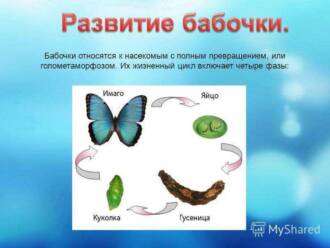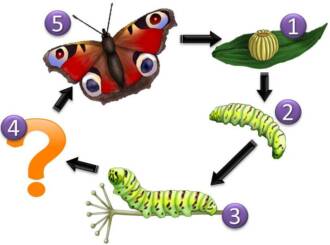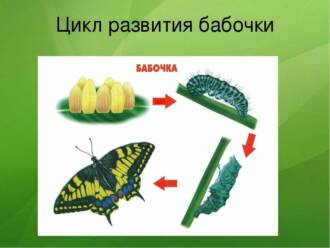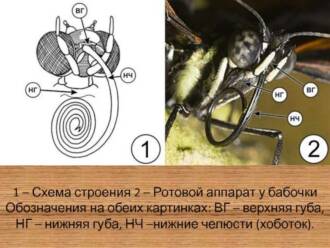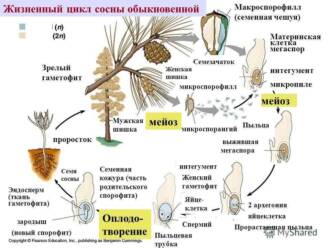
Butterflies are one of the most amazing and beautiful creatures in nature. They amaze with their elegance and variety of colors. But not many people think about how these gentle creatures have evolved over millions of years. Studying the evolution of the life cycle of butterflies allows us to gain a deeper understanding of the processes that lead to the formation and improvement of living organisms.
The life cycle of butterflies consists of several stages: from egg to caterpillar, then from chrysalis to adult butterfly. This complex process evolved over millions of years and includes adaptations and changes that allow butterflies to survive and reproduce in a variety of environments.
Initially, butterflies laid their eggs on the ground or plants, where they went through all the stages of their development. However, over time, some species of butterflies began to lay their eggs on the leaves of plants, which provided their offspring with higher survival and protection from predators.
No less interesting is the process of turning a caterpillar into a chrysalis. At this stage, the butterfly forms a kind of cover that protects it from external influences and allows it to go through complex changes inside its body. The pupa becomes the place where the important processes of rebirth and transformation take place, which are necessary for the formation of an adult butterfly.
Secrets of Evolution: Shaping the Life Cycle of a Butterfly
Butterflies are amazing creatures that have come a long way in evolution to reach their current life cycle. This cycle consists of several phases, each with its own unique adaptation and function.
Egg: the beginning of the life cycle
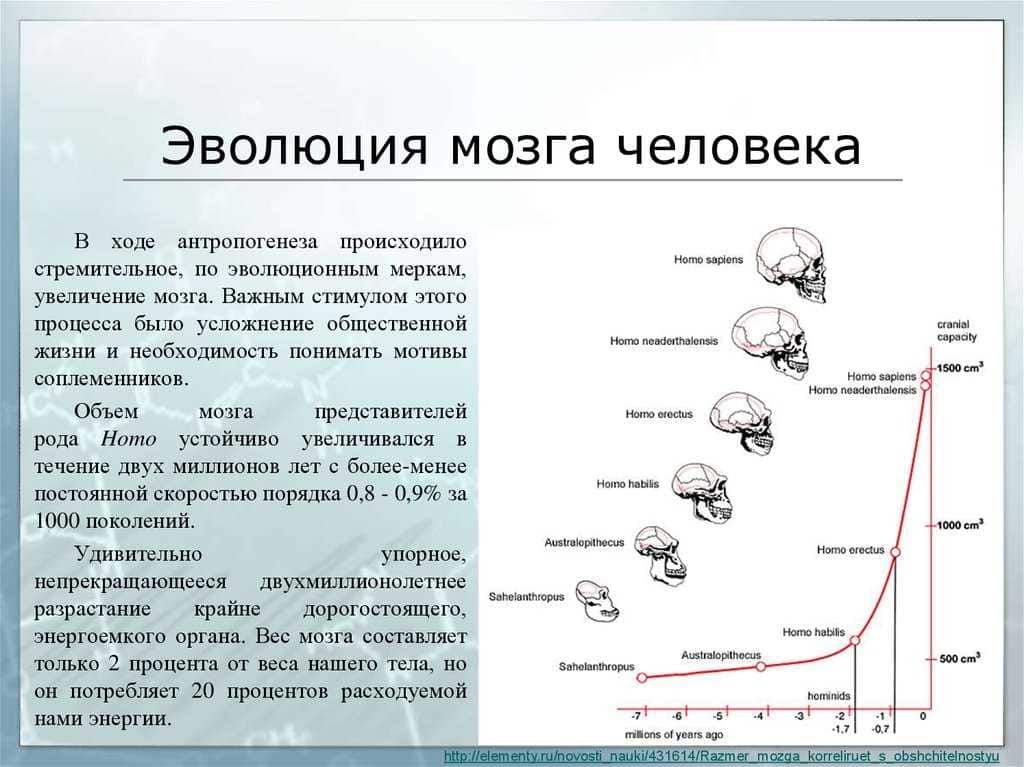
The life cycle of a butterfly begins with an egg. Eggs are usually laid on plants that will serve as food for future caterpillars. Each egg is protected by a hard shell that provides safety and protection from external influences.
Caterpillar: period of active growth

The egg hatches into a caterpillar - an actively feeding creature. The caterpillar goes through several larval stages during which it constantly grows and develops. She eats plant food and actively moves in order to gain the necessary energy for her future transformation.
Pupa: transition to a new look
After the caterpillar stage is completed, the butterfly turns into a chrysalis. The chrysalis is usually hidden from the outside world to provide security and protection during the transformation. Complex processes take place inside the pupa, as a result of which the future parts of the butterfly's body are formed.
Butterfly: final stage
And finally, the chrysalis opens, and an adult butterfly flies out of it. She has wings that allow her to fly and look for a breeding partner. The butterfly usually does not live long, but during this time it plays an important role in the process of pollinating plants and maintaining balance in the ecosystem.
Thus, the life cycle of a butterfly is a complex and amazing process that demonstrates the power and adaptability of evolution. Each phase of this cycle has its own unique function and helps the butterfly to survive and reproduce.
Evolutionary origin

The evolutionary origin of the butterfly's life cycle provides a unique example of adaptation and evolution in nature. Initially, butterflies had a primitive form of life cycle, which included only a few stages of development.
Over the course of millions of years, butterflies have gone through a difficult path of evolution, developing and improving their life cycle. The emergence and development of different stages, such as eggs, caterpillars, pupa and adult butterflies, allowed them to adapt to different environmental conditions and increase their chances of survival.
One of the key features of the evolutionary origin of the butterfly life cycle is the gradual separation of these stages and the specialization of each of them. For example, caterpillars develop in specialized environments where they can find food and defend themselves against predators, while adult butterflies are capable of flight and reproduction, allowing them to seek out mates and spread their genes.
The evolutionary origin of the life cycle of butterflies continues to the present. Through accumulated genetic changes and adaptations, butterflies have found their place in the ecosystem and become one of the most diverse and successful groups of insects on the planet.
Millions of years of evolution
Butterflies are amazing creatures that have undergone a long evolutionary process over millions of years. During this time, the life cycle of butterflies has undergone many changes and adaptations to become optimal for survival and reproduction.
One of the key features of the evolution of the butterfly life cycle was the emergence of metamorphosis. Millions of years ago, the ancestors of modern butterflies had a direct development - from egg to adult. However, as a result of evolution, they were able to go through several stages of development - from egg to caterpillar, from caterpillar to chrysalis, and finally, from chrysalis to adult butterfly.
This complex sequence of developmental stages has allowed butterflies to successfully adapt to different environmental conditions. Caterpillars can feed on a variety of foods, while adult butterflies are able to fly long distances in search of partners and places to lay their eggs.
In addition, the evolution of the life cycle of butterflies has led to the emergence of various defense mechanisms. Some species of butterflies have evolved bright colors and patterns on their wings to deter predators. Other species have special organs for producing poisonous substances that protect them from enemies.
Thus, millions of years of evolution have led to the formation of a complex and unique life cycle of butterflies. This cycle allows them to survive, reproduce and adapt to different environmental conditions. The study of these changes and adaptations allows us to better understand the processes of evolution and development of living organisms.
Life cycle development

The life cycle of butterflies is an amazing manifestation of evolution. Before turning into beautiful and delicate butterflies, they go through several stages of development.
Egg
The life cycle of a butterfly begins with an egg. Eggs are laid by the female on plants that will serve as food for future caterpillars. The eggs are usually small and can be of various shapes and colors, depending on the type of butterfly.
Caterpillar
A caterpillar hatches from an egg. Caterpillars actively feed and grow. They may eat leaves, flowers, or other plant parts. Caterpillars can have a variety of colors and body shapes. As they grow, caterpillars periodically molt when they shed their old skin and grow a new one.
Caterpillars have a high appetite and actively feed in order to accumulate energy reserves for the next stage of development.
chrysalis
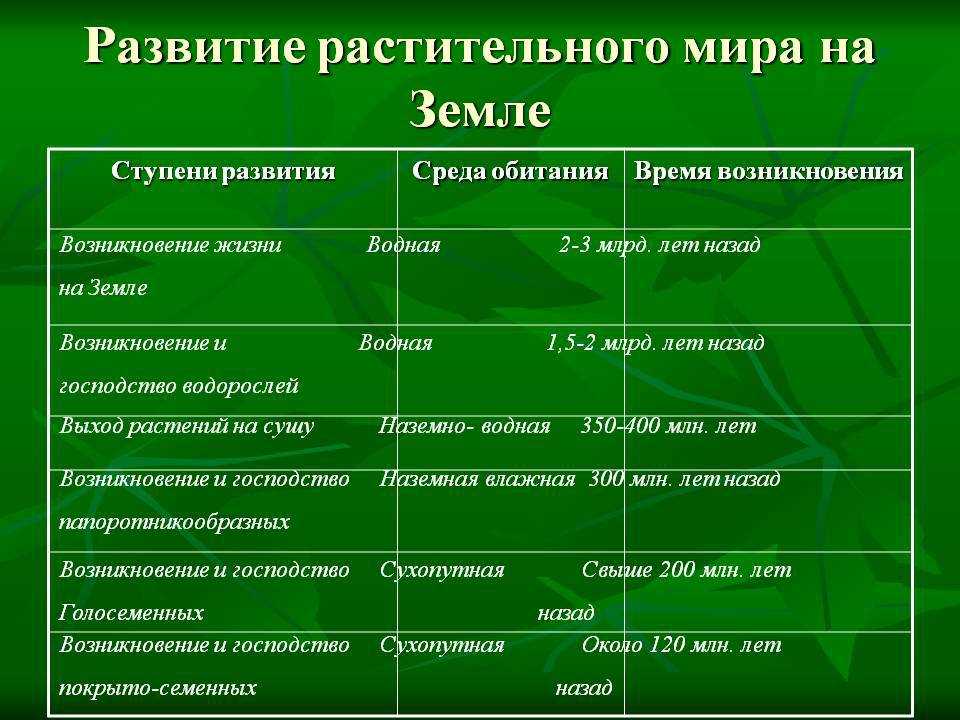
After a certain period, the caterpillar turns into a pupa. The pupa is a dormant stage of development where the caterpillar forms a cocoon or chrysalis around itself. Inside the pupa, multiple changes occur and the future organs of the butterfly are formed.
The pupa comes in a variety of shapes and colors and can be attached to plants, trees, or other surfaces. The process of transformation from a caterpillar to a chrysalis can take different times depending on the type of butterfly.
Butterfly
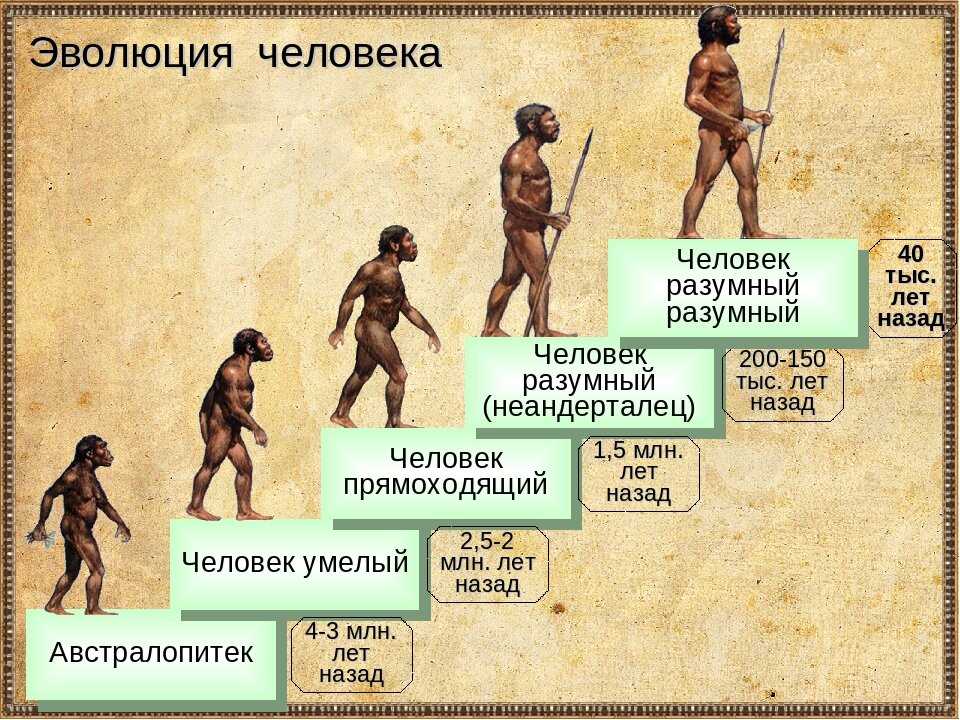
Finally, the chrysalis opens and a beautiful butterfly emerges from it. Butterflies have wings with which they can fly and search for food. They also have special mouthparts that allow them to feed on the nectar of flowers.
Butterflies play an important role in plant pollination and are important members of the ecosystem. They also have a variety of colors and patterns on their wings that help them survive and attract breeding partners.
Thus, the life cycle of butterflies is the result of millions of years of evolution and adaptation to the environment.
Metamorphosis: from egg to pupa
Butterfly development begins with an egg
The life cycle of a butterfly begins with the laying of an egg on suitable food vegetation. Butterfly eggs can be very small and inconspicuous or large and bright. Each egg contains an embryo that will develop inside it.
From egg to hungry caterpillar
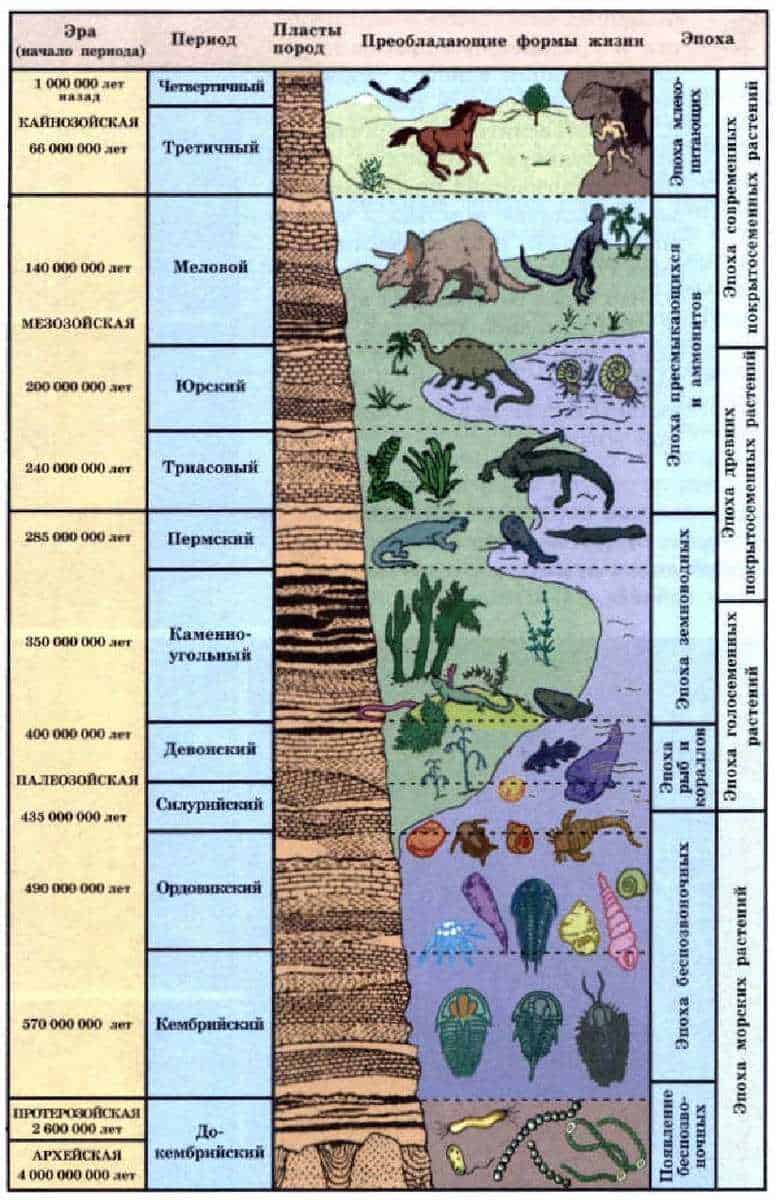
A hungry caterpillar hatches from the egg. The caterpillar is the first active stage of the butterfly's life cycle. It actively feeds and grows to accumulate energy for future development. The caterpillar can eat leaves, fruits, or flowers, depending on the species of butterfly.
The caterpillar goes through several molts as its skin separates and sheds to make room for new, larger skin. This process allows the caterpillar to grow and develop.
The process of pupal formation
After several weeks of active feeding, the caterpillar undergoes a very important stage - the formation of a pupa. The caterpillar stops eating and begins to look for a suitable place to transform.
The pupa is the protective shell in which metamorphosis occurs. The caterpillar wraps itself with its silk threads, creating a strong and protected shell, inside which it transforms into an imago - a future butterfly.
Amazing changes take place inside the chrysalis. The body of the caterpillar decomposes and rebuilds, forming new organs and structures necessary for the life of the butterfly. This process can take from several weeks to several months, depending on the type of butterfly and development conditions.
At the end of the metamorphosis, the pupa splits, and an adult butterfly flies out of it, ready for a new life. The butterfly can be colorful and winged, ready to breed and continue its life cycle.
The process of turning into a chrysalis
The process of turning a butterfly into a chrysalis is one of the most amazing and unique phenomena in the animal world. After the butterfly has gone through all the stages of development from egg to caterpillar, it is time for it to turn into a chrysalis.
During this period, which is preceded by the last molt of the caterpillar, it begins to actively search for a suitable place where it can safely turn into a chrysalis. The caterpillar is fixed to the surface with silk threads, creating a secure fastening.
Once anchored, the caterpillar begins its metamorphosis. It forms a pupal case, or cocoon, that protects it from the outside environment. Inside the cocoon, amazing changes occur as the caterpillar's tissues decompose and reorganize to form a new structure: a butterfly.
The process of turning into a chrysalis takes a different amount of time for different types of butterflies, but it usually takes several weeks or months. At this time, the butterfly completes its transformation and prepares to leave the doll case.
When it's time to exit, the butterfly breaks through the cocoon with its strong jaws or special organs on its head. She frees herself from the doll case and unfolds her wings, which were previously folded along her body.
Development inside the pupa
The chrysalis of a butterfly is the stage of its development that precedes flight and usually lasts several weeks. Inside the chrysalis, amazing processes occur that lead to the transformation of the caterpillar into a colorful butterfly.
The first days inside the pupa pass at rest. However, in fact, active processes are taking place inside. The caterpillar begins to reshape and turn into a butterfly. Her body decomposes into cells, from which new organs and tissues are then formed. This process is called metamorphosis.
Hormones play an important role in the development of the butterfly, regulating all processes inside the pupa. They determine which organs will develop and in what order. For example, the wings develop first, then the head and other organs. When all the organs are fully formed, the pupa is ready to emerge into the light.
Emergence from the chrysalis is the last stage of the butterfly's development. It breaks through the thin shell of the chrysalis and is released. At this point, its wings are still soft and folded. The butterfly must wait until the wings become stronger and stretch out. Then it is ready for its first flight, which will be the beginning of a new life.
Exit from the chrysalis: the birth of a butterfly
The process of a butterfly emerging from a chrysalis is one of the most amazing and mysterious in the life cycle of these insects. After the pupa reaches a certain stage of development, the process of metamorphosis begins, which leads to the birth of a butterfly.
When the time comes to leave the chrysalis, the butterfly begins to move actively and performs special motor actions to get out. She uses her sharp legs and jaws to loosen the cocoon or chrysalis and then slowly emerges from it.
However, the process of emerging from the chrysalis is not as simple as it might seem. The delicate wings of a butterfly, which in the future will become its main weapon of movement, are not yet developed at this stage and are in a folded state. The butterfly must gently unfold and smooth its wings so that they are ready to fly. This process requires special care and precision so as not to damage the delicate tissues of the wings.
After the butterfly successfully frees itself from the chrysalis and adjusts its wings, it is ready for its first flight. But before she can fly, the butterfly needs to gain strength and energy. She begins to saturate with the nutrients that she stored in her body even at the caterpillar stage. This allows her to recuperate and prepare for a new life in the world of butterflies.
First steps in life

The life cycle of a butterfly begins with an egg, which is laid by the female on suitable vegetation. The egg has a protective shell that provides it with safety and suitable conditions for development.
The egg hatches into a caterpillar, the first stage in the development of a butterfly. The caterpillar actively feeds on vegetation, gradually grows and changes its appearance. She sheds several times, periodically shedding her old skin and growing new. At this time, the caterpillar is actively gaining nutrients in order to accumulate reserves for subsequent development.
When the caterpillar reaches sufficient maturity, it proceeds to its last larval stage - the chrysalis. The caterpillar weaves a silky blanket around itself, which serves as protection and support for the chrysalis. Deep changes take place inside the pupa - the caterpillar turns into an imago, or an adult butterfly.
Reproduction and procreation
Butterfly reproduction is a complex and amazing process that allows you to continue the genus and save species for millions of years.
The main mode of reproduction of butterflies is sexual reproduction. It occurs by mating males and females. Males emit special pheromones that attract females. After mating, the female lays her eggs on suitable plants, which will serve as food for future caterpillars.
caterpillars is the next stage in the life cycle of butterflies. They actively feed on plant foods in order to gain the necessary energy supply for the subsequent transformation into a chrysalis. Caterpillars can go through several lines of larvae, undergoing changes in their appearance and behavior.
chrysalis - this is the stage at which the caterpillar turns into a future butterfly. It forms a protective shell within which complex processes of metamorphosis take place. At this time, profound changes take place in the body of the caterpillar, and it turns into a fully educated insect.
Finally, adult butterfly emerges from the chrysalis and spreads its wings. She is ready to fly and search for a mating partner. Thus continues the endless cycle of reproduction and procreation, which allows butterflies to adapt to the environment and maintain their species.
The influence of the environment on evolution

The environment plays a key role in the process of evolution. Living organisms are subject to constant changes in their environment, and this affects their genetic structure and ability to survive. From what features of the organism are most adapted to the environment, its survival and ability to pass on its genes to the next generation depends.
One of the main mechanisms of evolution under the influence of the environment is natural selection. Organisms that have the most advantageous adaptations to the environment have a better chance of surviving and reproducing. Gradually, these adaptations become more common in the population, because they are passed on from generation to generation. Thus, the environment can determine the direction of the evolutionary development of organisms.
The influence of the environment on evolution can manifest itself through changes in the physical characteristics of organisms. For example, as a result of prolonged exposure to a particular climate, a butterfly population can change its coloration to better blend with its environment and provide better camouflage from predators. These color changes allow butterflies to survive and reproduce more successfully, which in turn helps keep these adaptations in populations for millions of years.
The environment can also influence evolution through changes in the behavior of organisms. For example, under conditions of food shortage, organisms can change their foraging habits and become more mobile or, conversely, more calm. Such behavioral changes can lead to improved survival and reproduction of organisms, which in turn will help maintain these adaptations in the population.

